Majesty Building and the Dream That Stalled
The steel and concrete rose from a cleared patch of Florida soil, promising light, purpose, and television glory.
Years went by, and the wind carried dust across the empty floors while drivers along I-4 watched the structure fade gray.
Its mirrored skin reflected clouds, the light so sharp it caught car windshields, and drivers cursed the glare.
Still, its builder called it faith, insisting patience was proof that divine timing could outlast disbelief.
When Claud Bowers began work on the Majesty Building in 2001, he told his congregation that the tower would stand as a monument to Christian broadcasting.
The home for his SuperChannel 55 station would rise debt-free, built only when God provided the funds.
For a time, it seemed holy certainty could substitute for cash flow.
But the foundation hardened long before the dream did.
The shell stood in full view of Interstate 4, waiting for money, waiting for purpose.
By the time the windows were enclosed in 2005, the building already carried a nickname whispered by commuters: the I-4 Eyesore.
Its clean glass hid an unfinished heart.
Faith in Concrete
Claud Bowers had made a career out of turning belief into broadcast.
He was comfortable under bright lights, quick to frame progress as proof of providence.
He and his wife, Freeda, ran SuperChannel 55 out of a smaller site, raising money on air for the new headquarters.
He refused loans. The project would live free of debt, no matter how long that took.
That vow became both the building's story and its sentence.
Each burst of activity was followed by silence. Crews poured concrete, then vanished.
Months later, they came back to add another layer.
The sun baked the exposed rebar.
The slow rhythm drew stares from passing drivers, who watched a skeleton of faith rise one cautious inch at a time.
To the faithful, it was endurance; to everyone else, it looked like hesitation cast in cement.
Even then, Bowers smiled for the cameras, saying the delay was proof that patience itself was sacred.
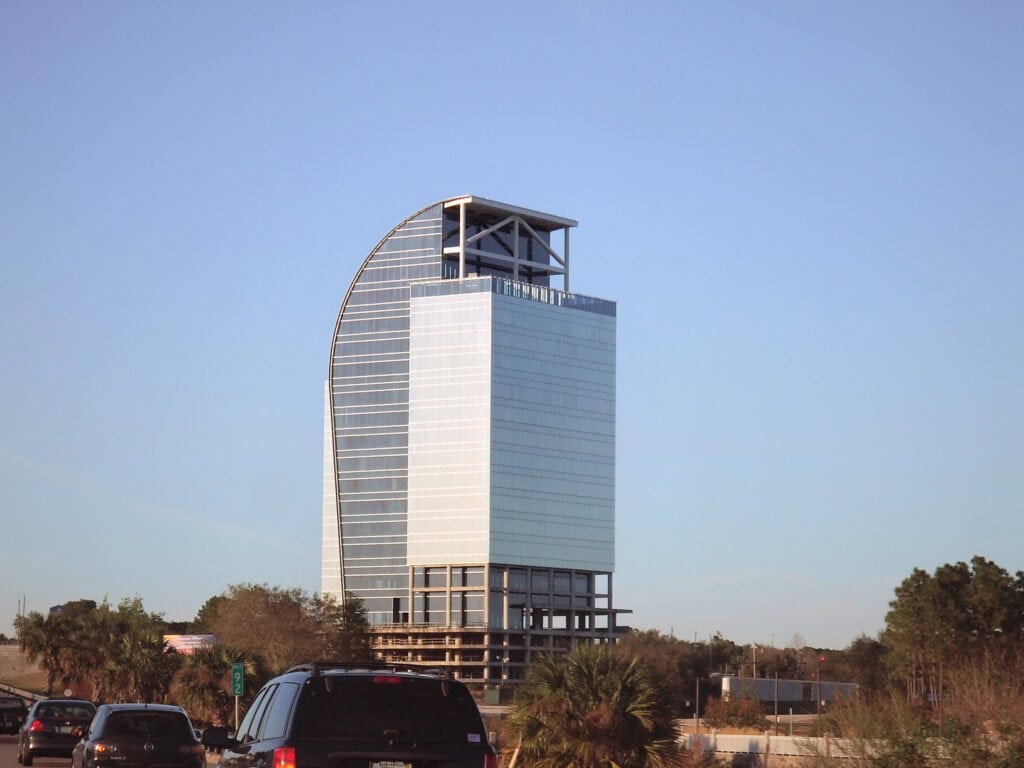
A Mirror to Nowhere
The mirrored glass arrived in 2005.
For a moment, Altamonte Springs looked like it might finally get the landmark it had been promised.
The tower gleamed, clouds skating across its sides, and for the first time, it resembled something complete.
But inside, there were no studios, no offices, only empty floors echoing with dust.
In the Florida sun, the facade became blinding.
Afternoon drivers cursed as light ricocheted off its panels into their windshields.
Locals began to joke that the tower reflected not heaven, but frustration.
Years passed. In 2010, Bowers promised an opening by 2012. Then came 2014.
Then 2018. Each announcement came with the same phrase: eight to twelve months.
It became a local ritual, a predictable line that made the building part of Florida folklore.
Some said the mirrored surface was perfect because it reflected everything except change.
The Windfall
In 2018, the lights came on.
For the first time, cameras caught the tower glowing at night, its outline shimmering above I-4.
People wondered if the long wait was ending.
That brief surge came from an unexpected source.
The Federal Communications Commission had just restructured television frequencies to make way for 5G, and SuperChannel 55 held one of the most valuable slots in the country.
The FCC paid Bowers $20 million in exchange for the frequency, offering a new one in return.
With that windfall, crews resurfaced the parking lot, built the garage, and wired parts of the building for power.
It looked alive again, at least from the outside. Inside, the progress stalled once more.
Donations slowed. The ministry continued to operate from its old site.
And the I-4 Eyesore stayed frozen between monument and mirage, glowing faintly against the dark.
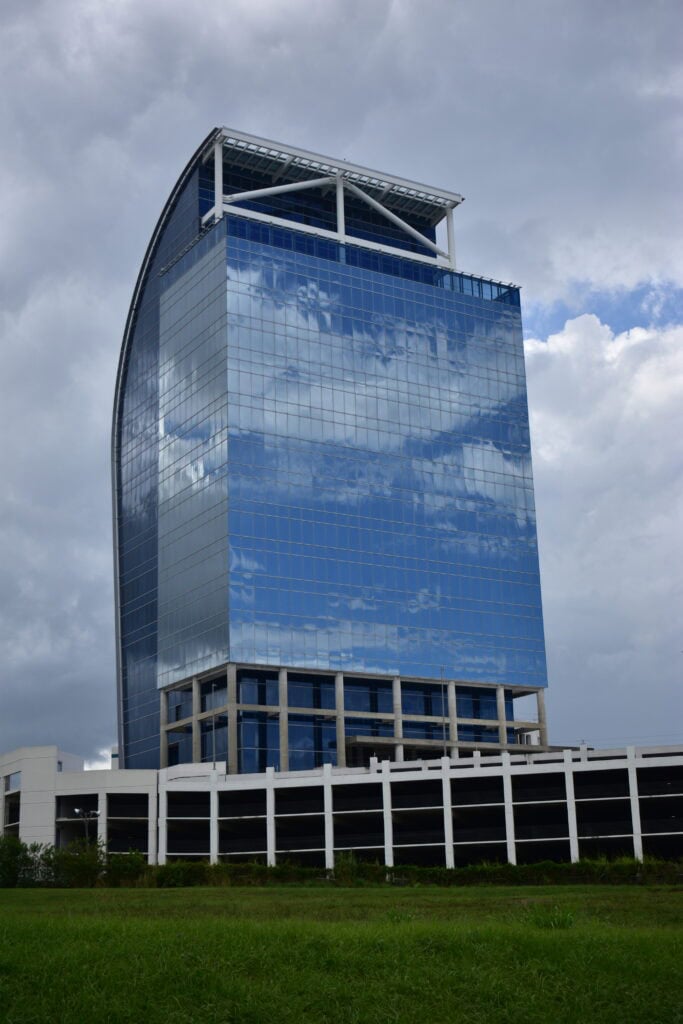
Faith and Fatigue
Every city has its symbol. For Altamonte Springs, it is a tower too tall for its purpose, too still to forget.
Residents began to treat it like an uninvited neighbor who never left.
Some grew fond of it. Others complained about glare or wasted land.
By then, the tower's image had shifted. It was no longer only a failed construction project.
It had become a kind of parable in glass, visible to anyone heading toward Orlando or Disney World.
A story about how faith, once cast in concrete, can outlast even belief.
Loss and Renewal
In 2023, the story darkened.
Freeda Bowers, Claud's partner in ministry and marriage, died after complications from surgery.
After her death, the loss was felt deeply.
She had long been the ministry's steady presence on screen, the co-founder who spoke to viewers with warmth and familiarity.
Afterward, Claud kept working. He was about 80 now, slower but still speaking in timelines.
The city of Altamonte Springs gave tentative approval for him to develop the ground floor so the ministry could finally move in.
It would be a small start, a single level of the tower they had once imagined full.
That was enough to rekindle attention. News outlets reported fresh optimism.
Some wondered if finishing the ground floor might break the building's curse.
Others doubted it would ever open at all.
From the interstate, the glass still shimmered, as if refusing to show its age.
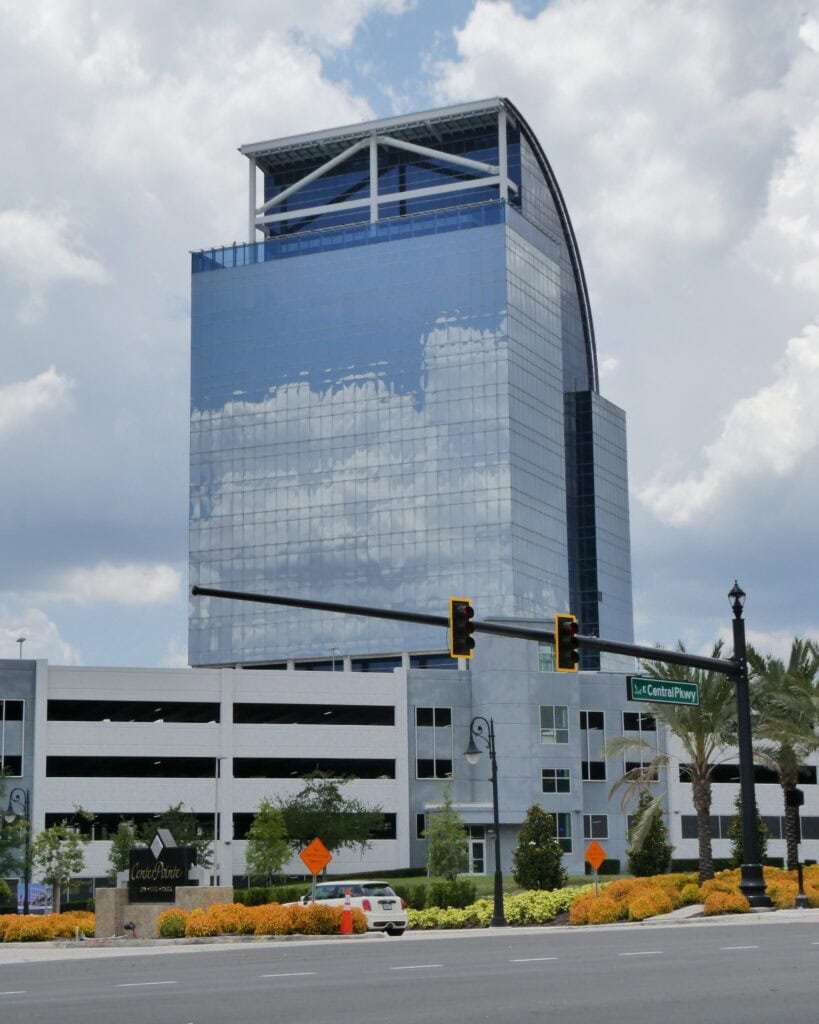
The Still Shining Shell
By mid-2025, local officials described the building as ninety-nine percent complete outside and mostly bare within.
Systems installed years ago had aged without ever being used. The garage stood ready for cars that never came.
Yet something about it still drew curiosity. Perhaps it was the persistence.
For twenty-four years, the Majesty Building had stood like a frozen prayer.
It had survived recessions, hurricanes, and the quiet laughter of thousands of commuters.
Against the odds, it still stood whole and gleaming, a reminder that some visions refuse to collapse.
The first floor, Bowers said, would soon be open. Maybe that would happen.
Or maybe the tower would remain what it had always been: a monument to vision unfulfilled, stubbornly radiant in failure.
Even so, its enduring presence carried a quiet kind of hope, proof that faith and effort can outlast disappointment.
At sunset, its mirrored sides burn gold against the skyline.
Drivers glance up for a second, thinking it beautiful, then remember the nickname that time made permanent.
The I-4 Eyesore gleams again, too bright to disappear, too empty to forget, yet somehow still promising that unfinished things can keep shining.

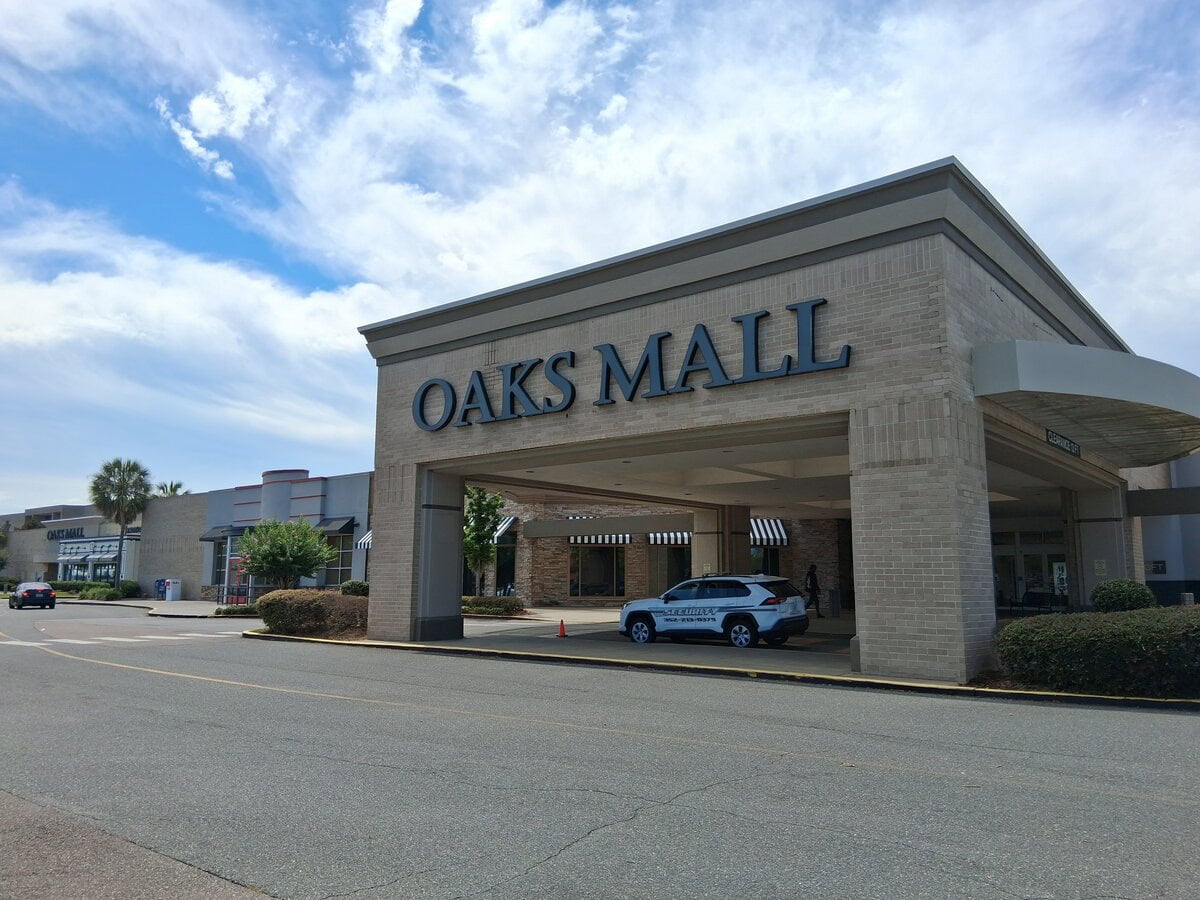
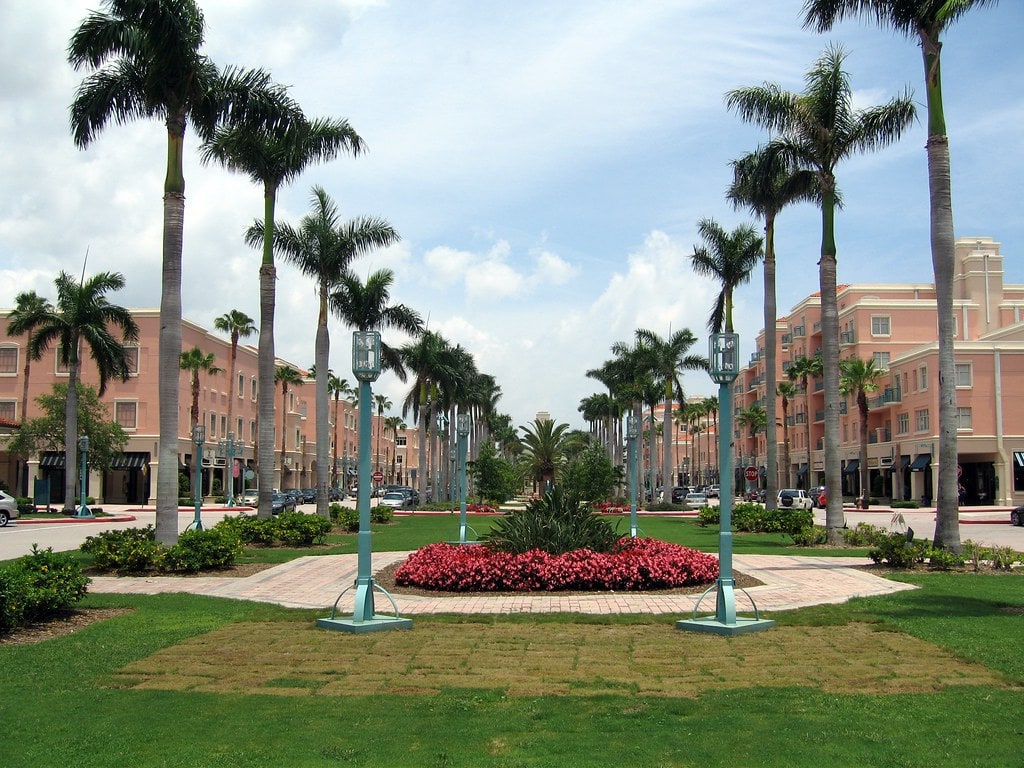
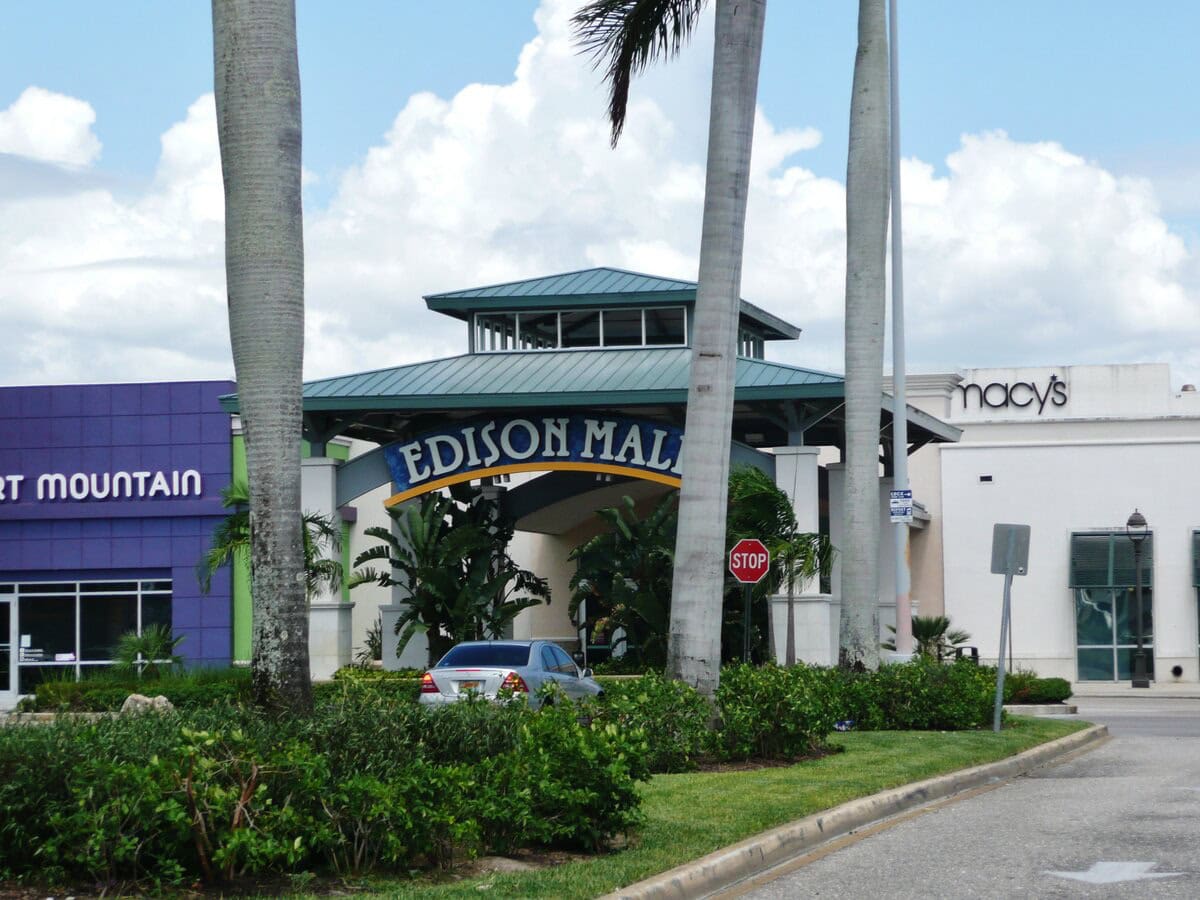
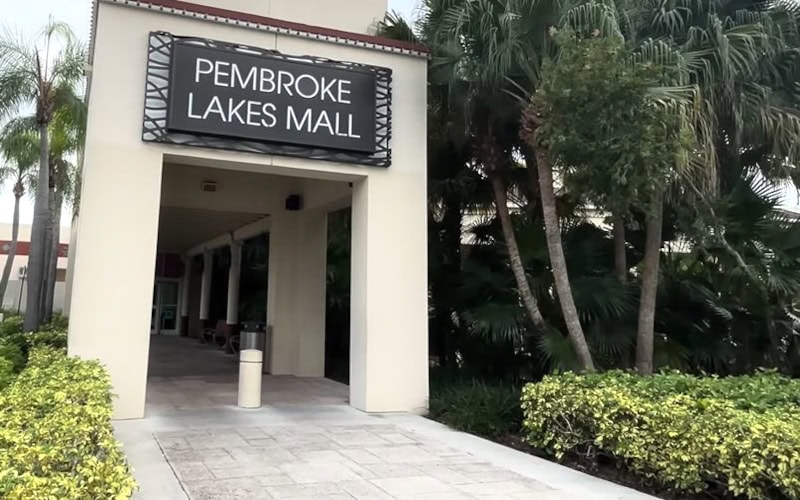

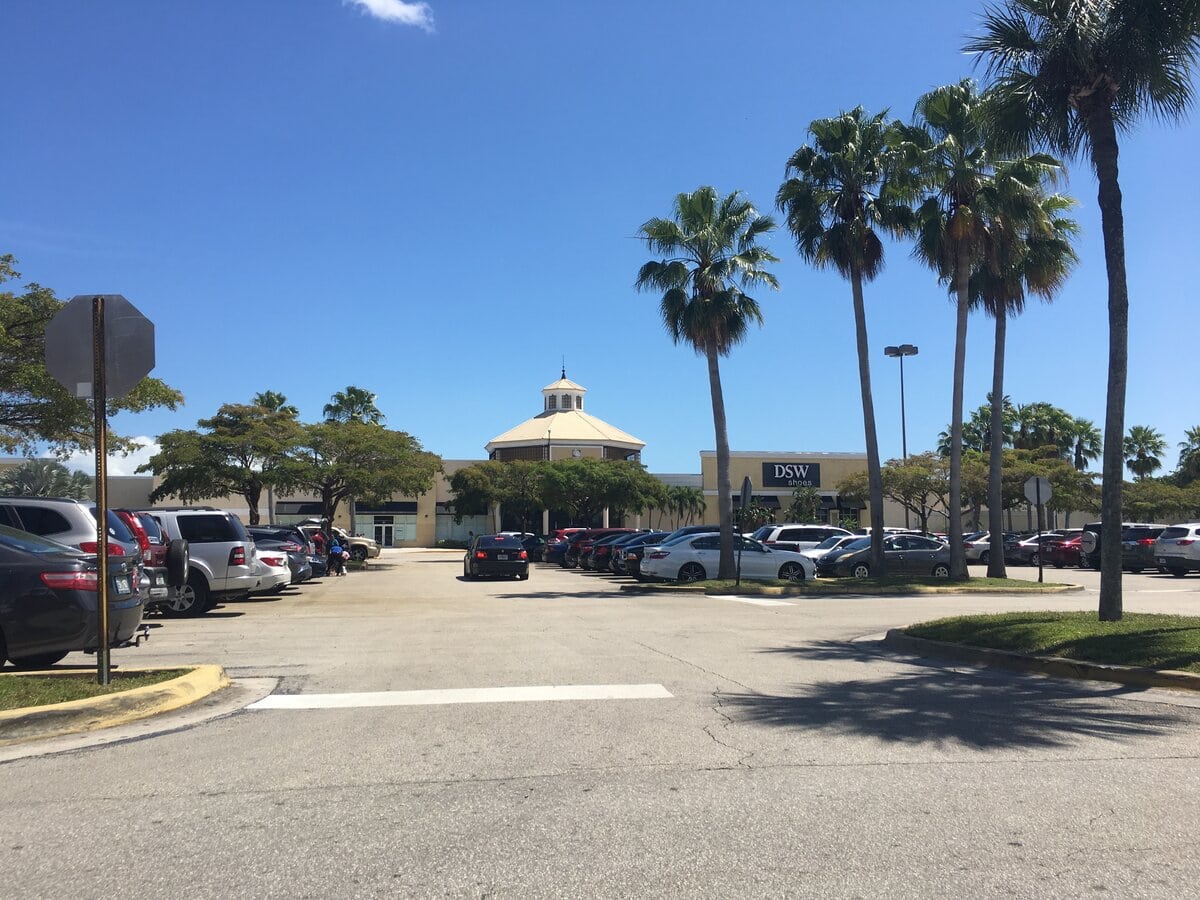
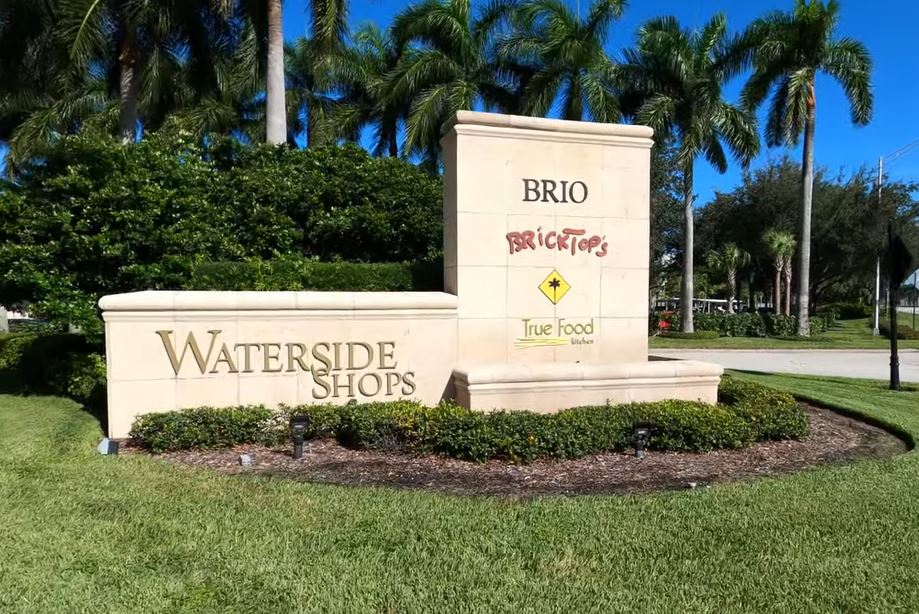
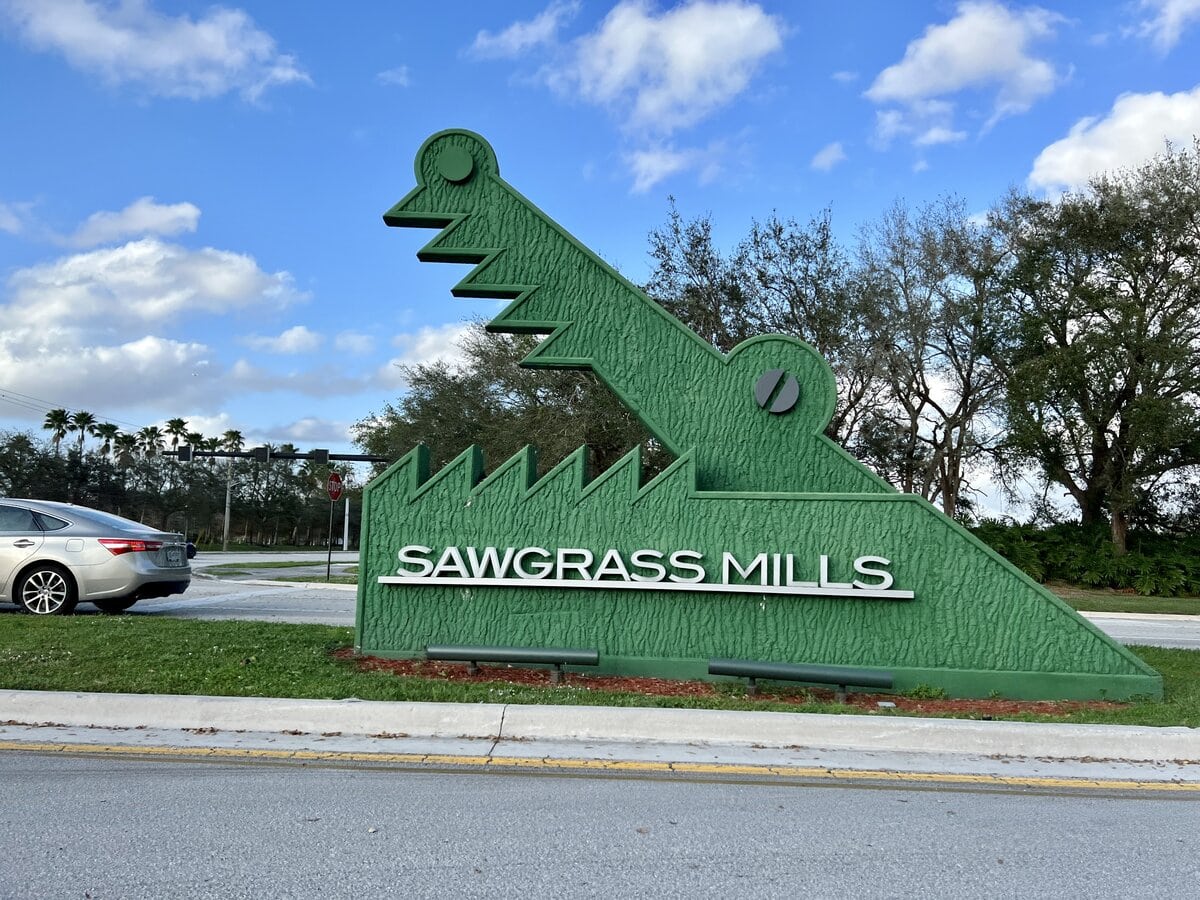
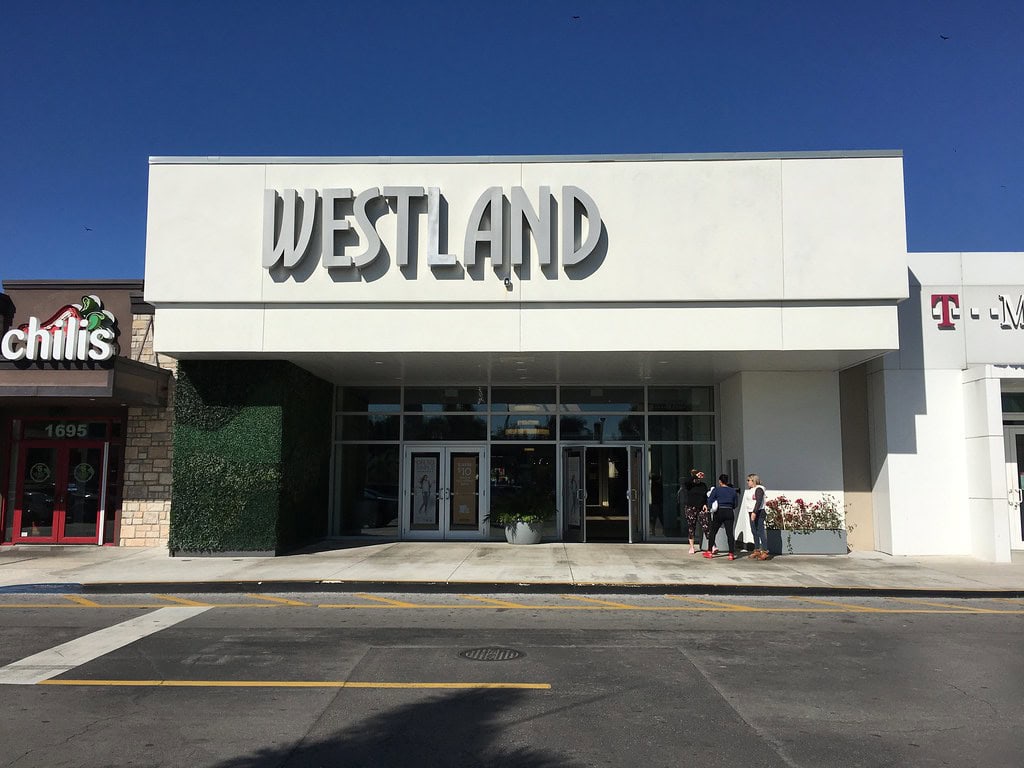
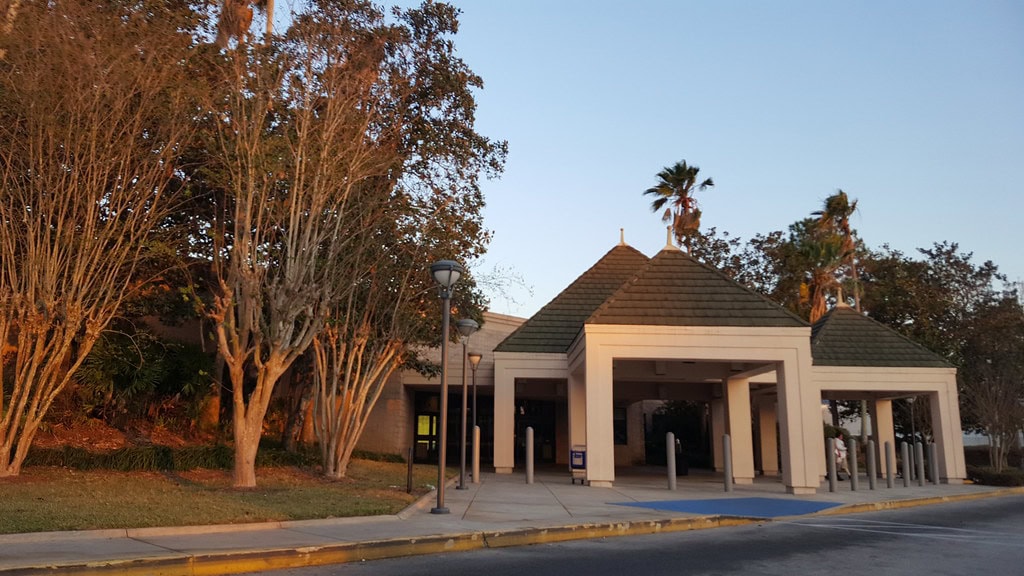
ole Claud bamboozled the suckers to pour money into building his real estate. Recall the Delta Crown Room clone at the top to which the suckers were promised use? So he gets $20 mil and pours some into fixing up one floor for his studio. The suckers still don't have access to the "Crown Room " 'cause there ain't none! Spouting religious diatribe is a great way to get rich.
Your comment reflects your personal opinion. While I don't share or endorse those statements, I understand that the Majesty has sparked strong feelings over the years because of its mix of ambition, faith, and delay.